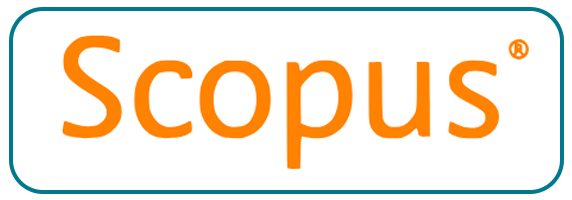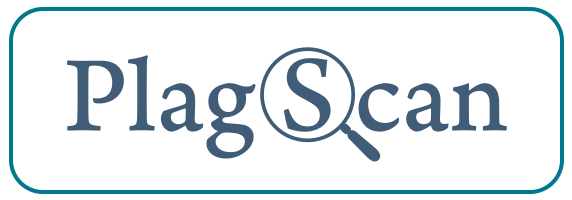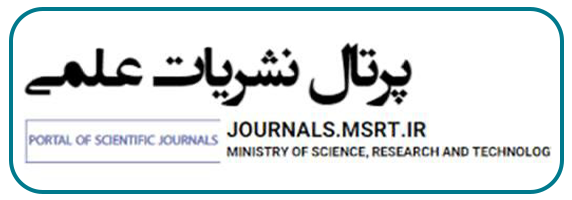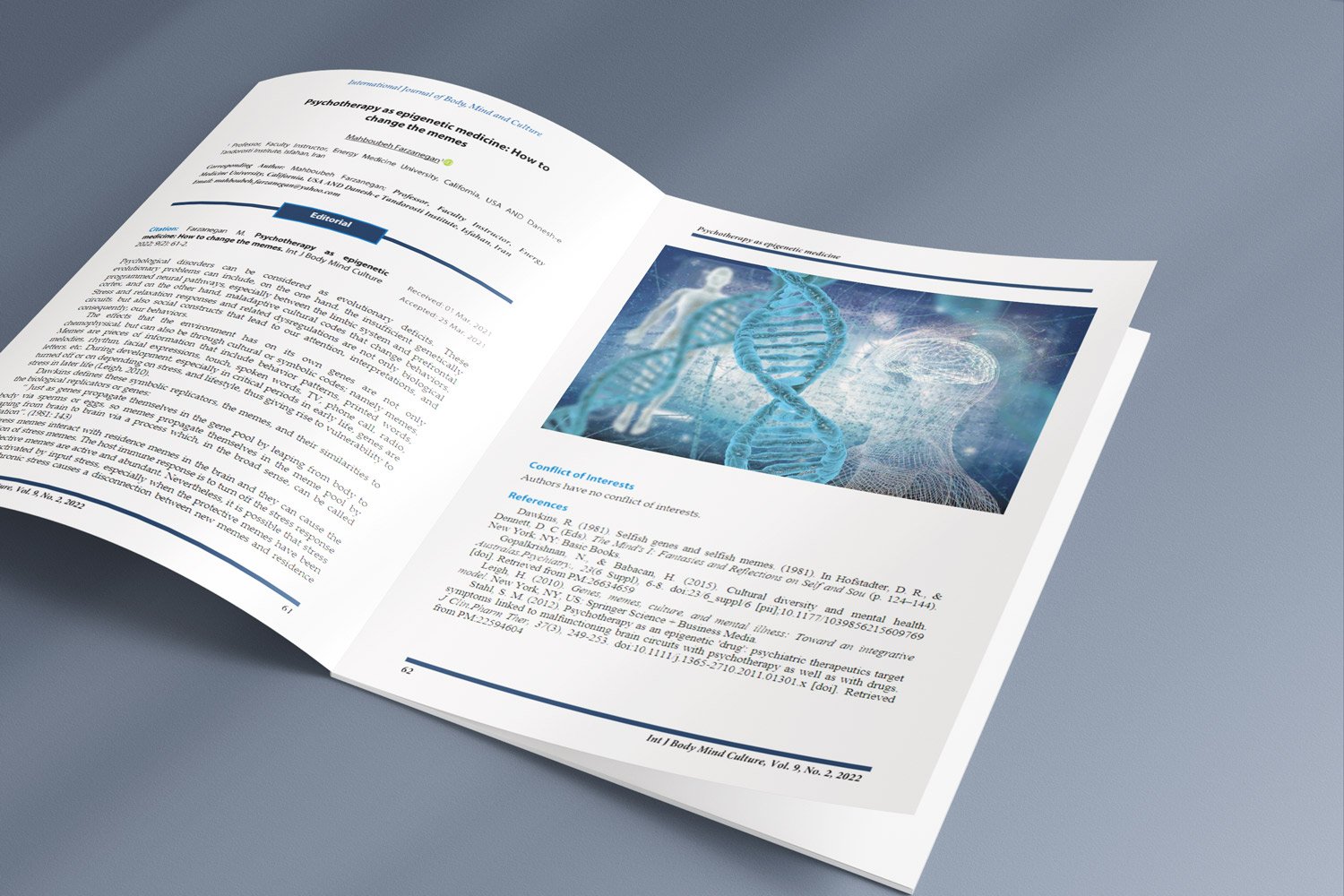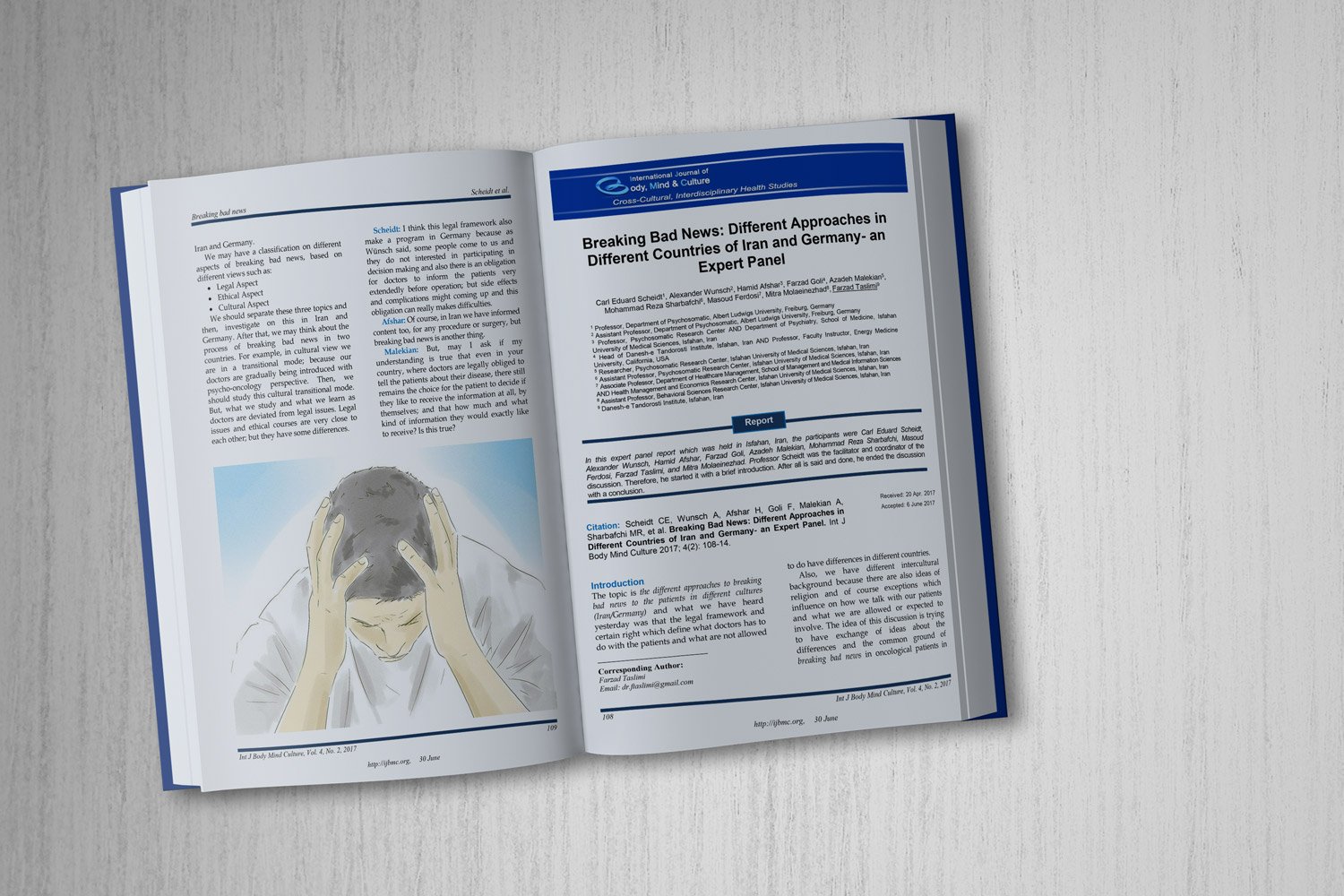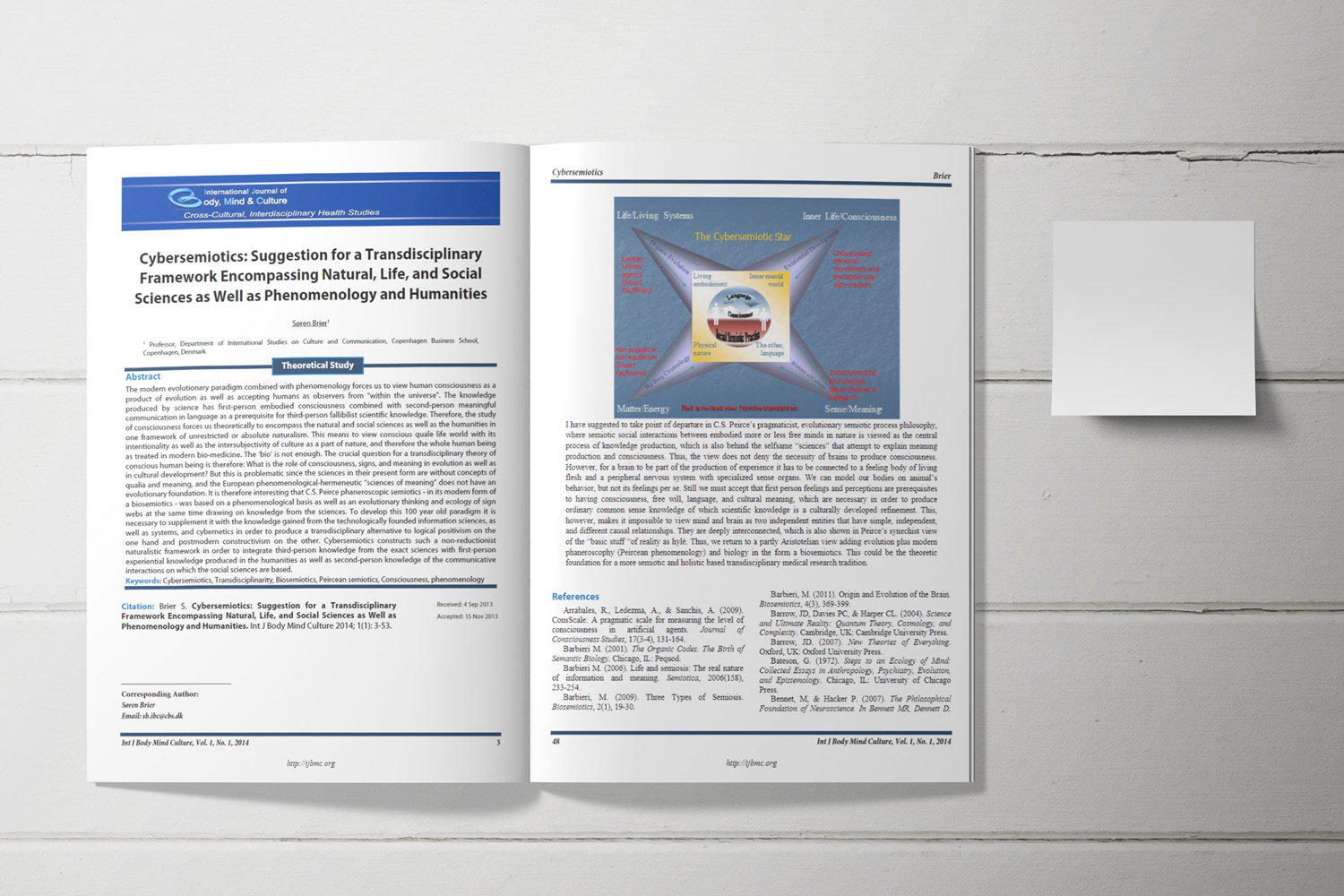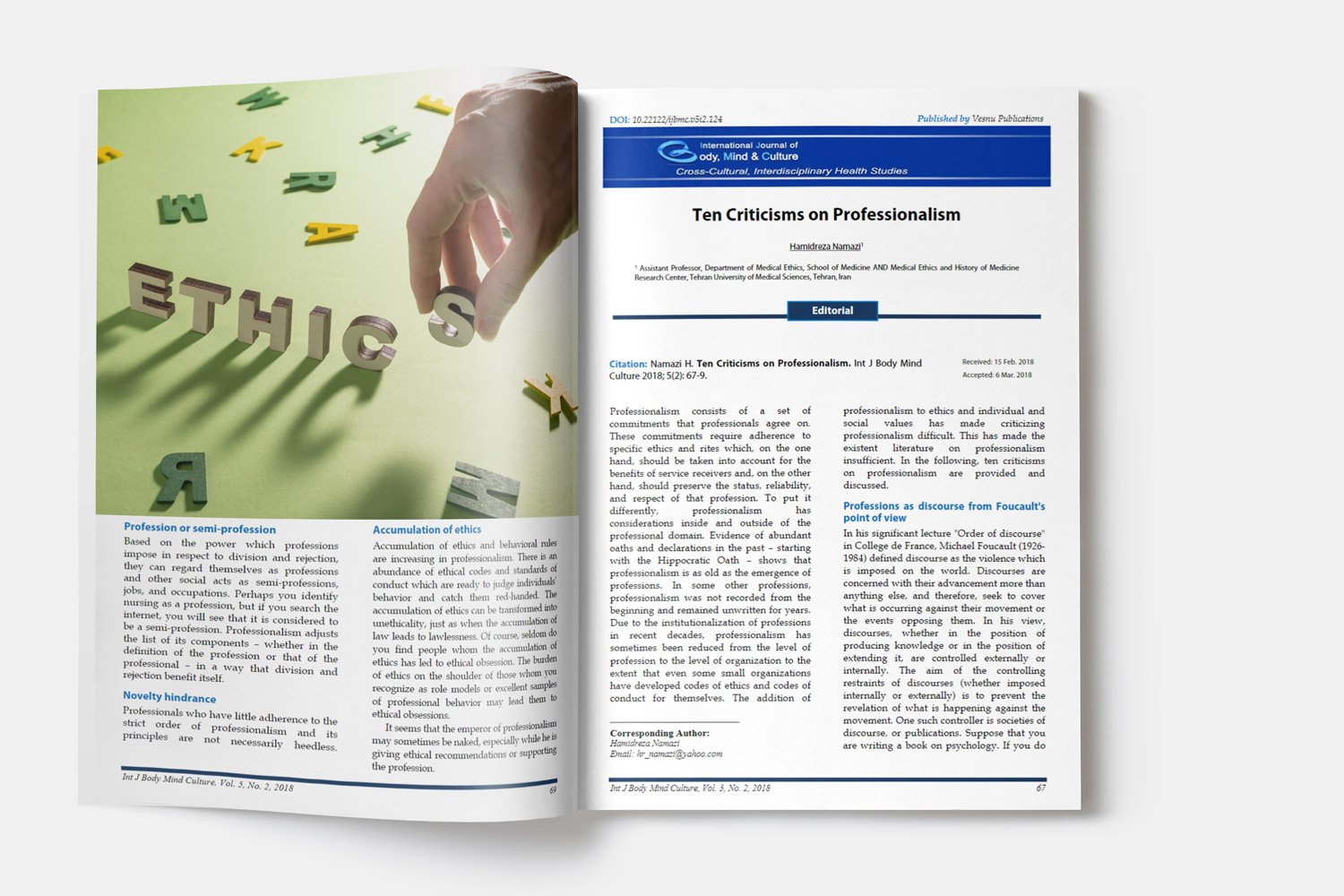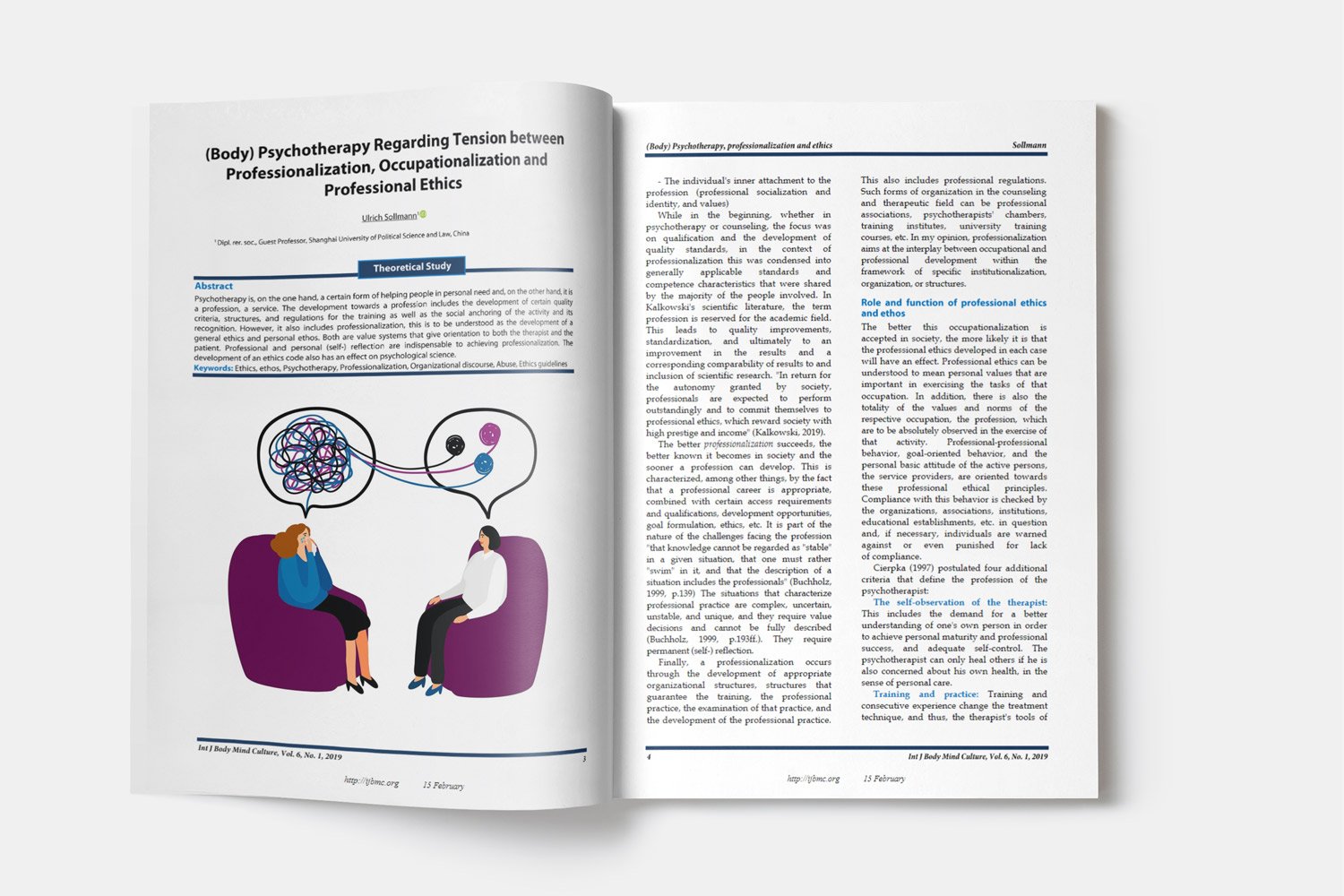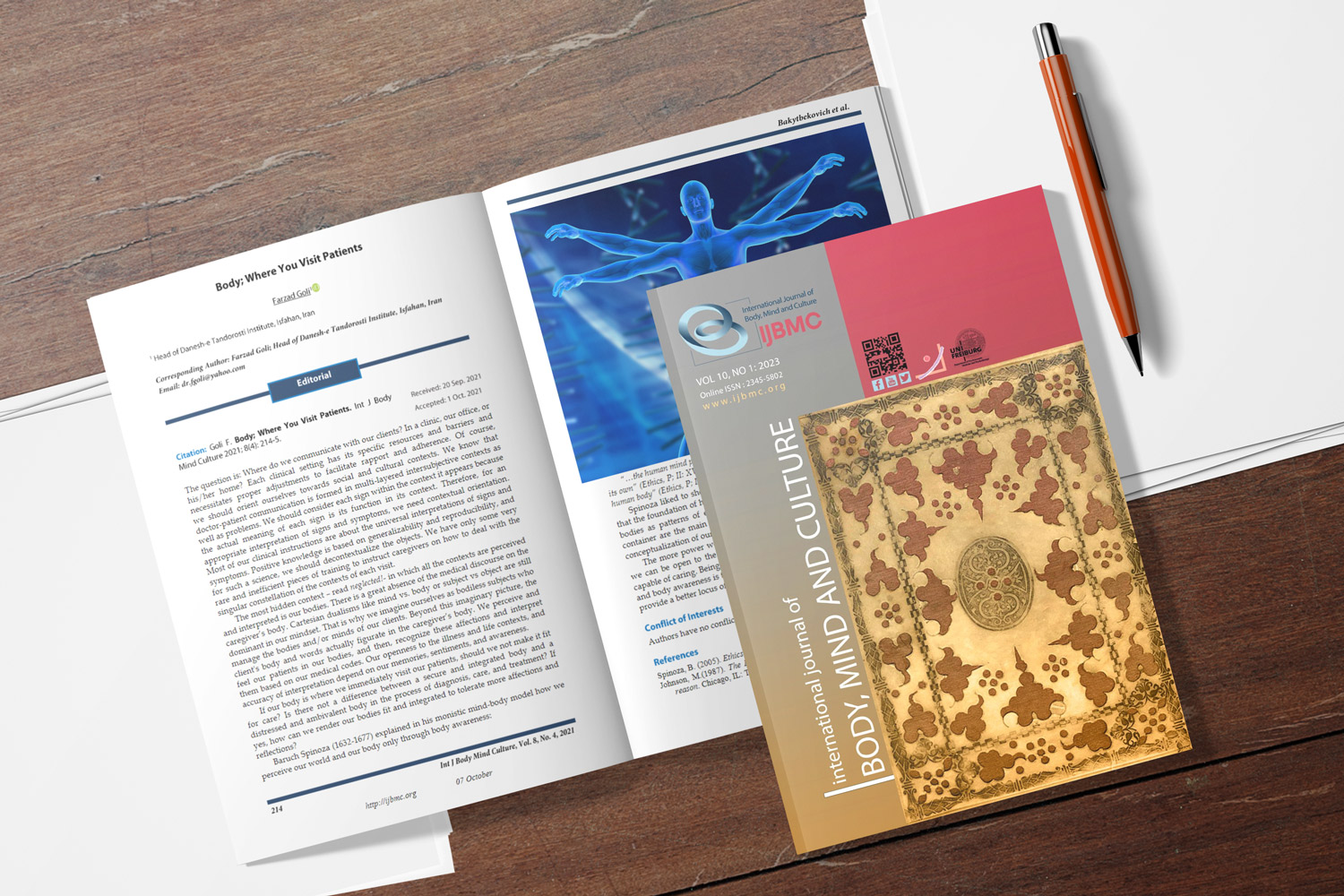The Impact of Transcranial Direct Current Stimulation on Impulsivity and Irrational Beliefs in Students
Downloads
Objective: This study investigates the effectiveness of tDCS in improving impulsivity control and reducing irrational beliefs in adolescents with substance use disorders.
Methods and Materials: A quasi-experimental pre-test and post-test design was employed, involving 40 12th-grade students with substance use disorders from an addiction treatment center in Shahriar, Iran. Participants were selected through purposive sampling and divided into two groups: an experimental group and a control group. The experimental group received 12 weekly transcranial direct current stimulation (tDCS) sessions, each lasting 30 minutes. Data were collected using the Emotion Control Questionnaire (ECQ) and the Irrational Beliefs Test (IBT). Statistical analyses included Multivariate Analysis of Variance (MANOVA) using SPSS version 26.
Findings: The findings revealed significant improvements in impulsivity control (p < 0.05) and reductions in irrational beliefs (p = 0.003) in the experimental group compared to the control group. Improvements were observed across multiple dimensions, including emotional inhibition, mental rumination, and dependency.
Conclusion: tDCS demonstrates significant potential as a non-pharmacological intervention for adolescents with substance use disorders. It offers a promising approach to improving psychological factors that contribute to addiction. Further research is recommended to investigate the long-term effects and broader applications of this approach.
Downloads
Copyright (c) 2025 International Journal of Body, Mind and Culture

This work is licensed under a Creative Commons Attribution-NonCommercial 4.0 International License.

